The Art of Crafting, Especially When You're Sheltering in Place
By Rebecca Goldfine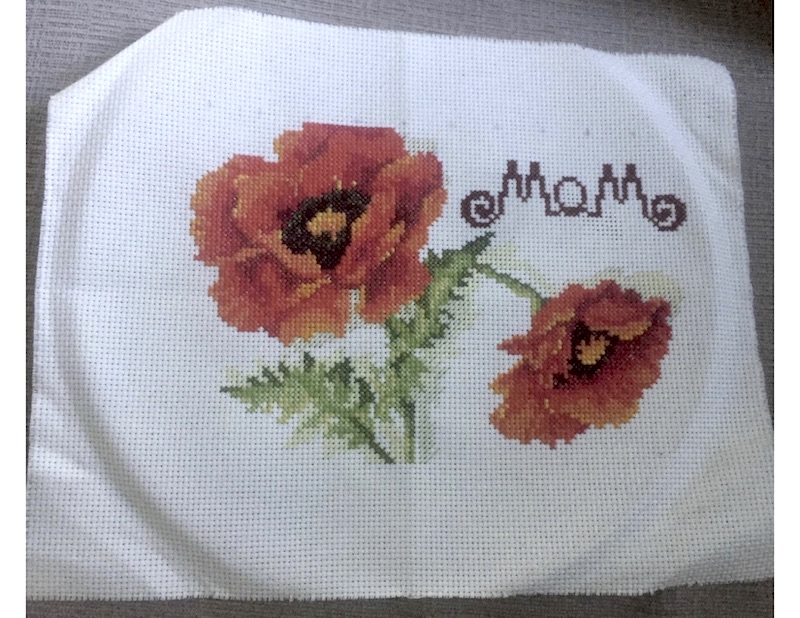
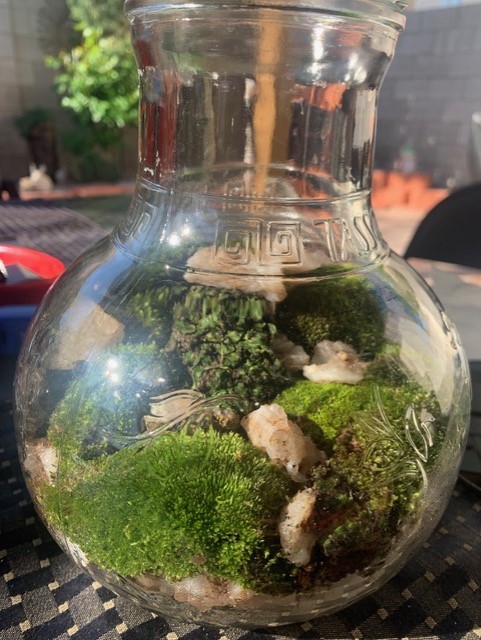
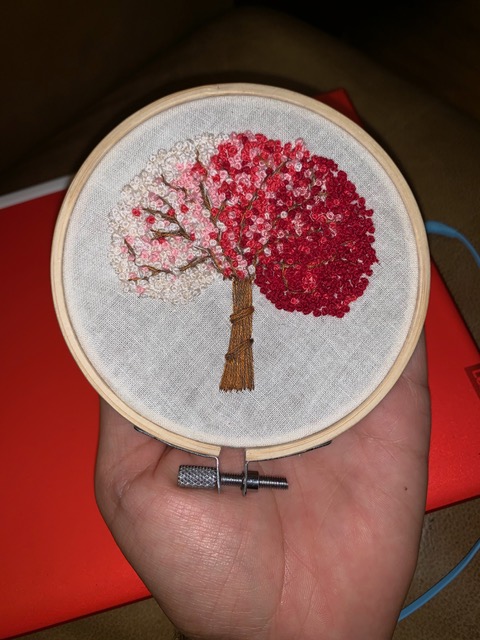
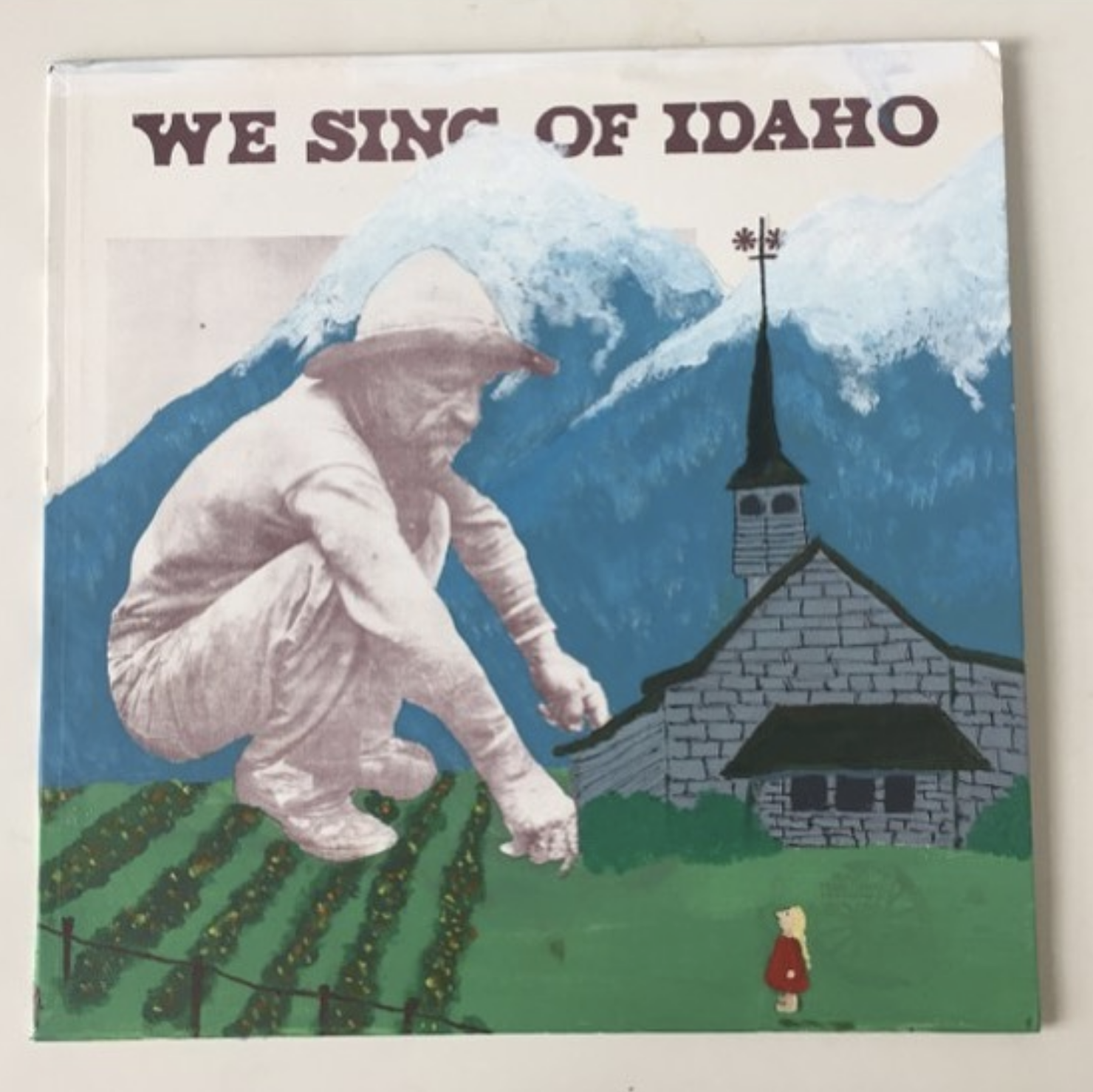
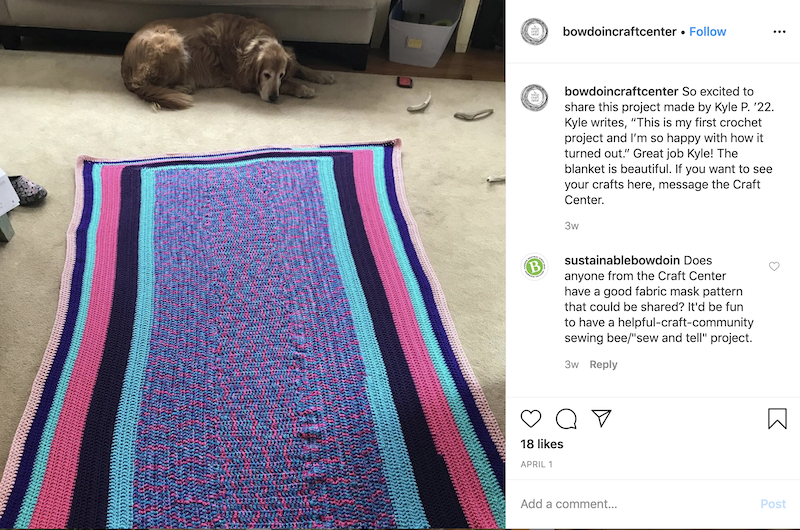
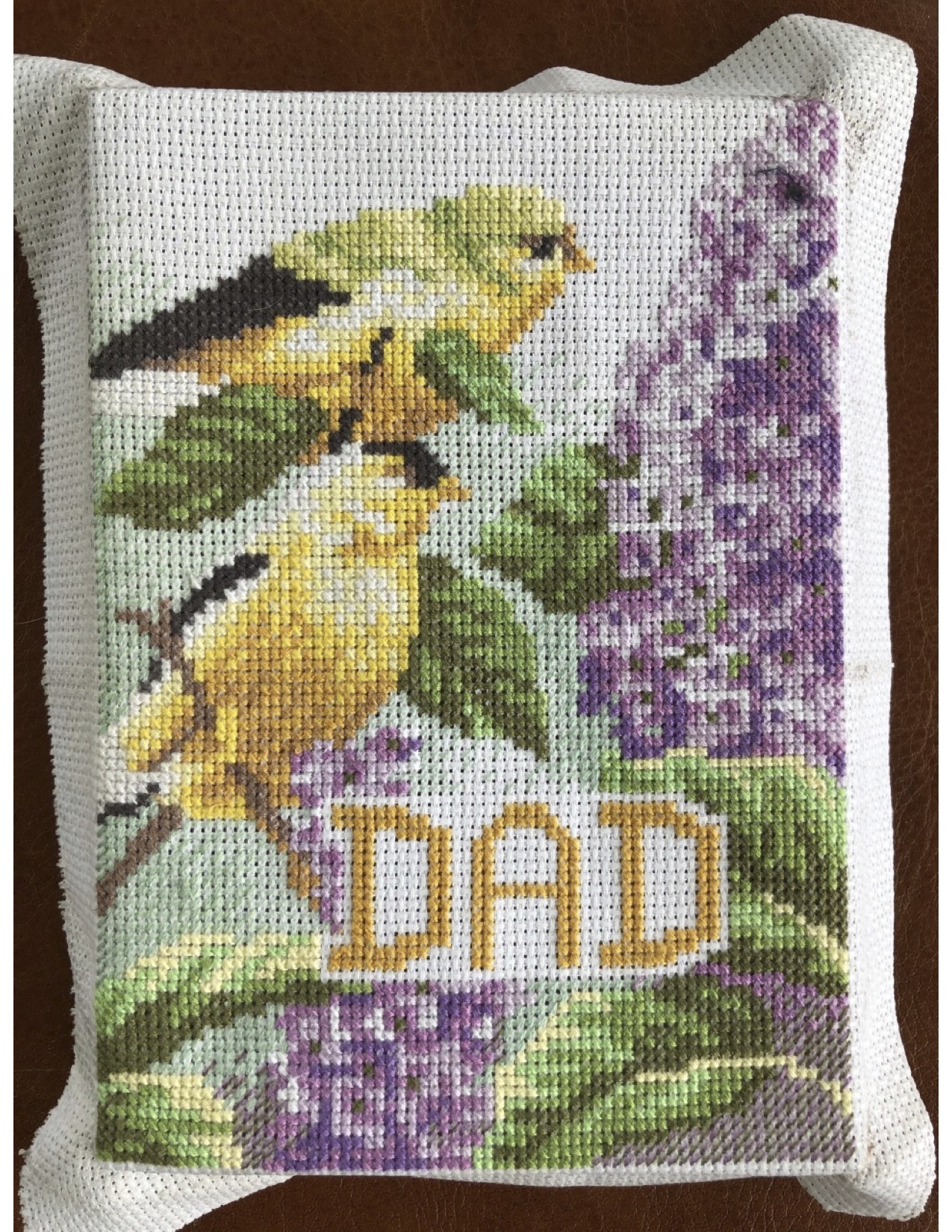
When Seneca Ellis ’22 is stressed or needs a break from people or her studies, she gets working on cross-stitching, needlepointing, or painting. She's been embroidering since she was twelve years old.
While crafting has always been an important part of her life, she's been turning to it more than usual during the pandemic.
"I have been plowing through projects!" the neuroscience major said. "It's very therapeutic. I don't have to think about anything going on around me."
Ellis also thinks crafting in general is having its moment, as people spend more time at home and look for things to do—especially activities that are distracting. Some friends of hers are picking up cross-stitching and needlepoint. At least one is getting wildly ambitious and is cross-stitching a map of the United States.
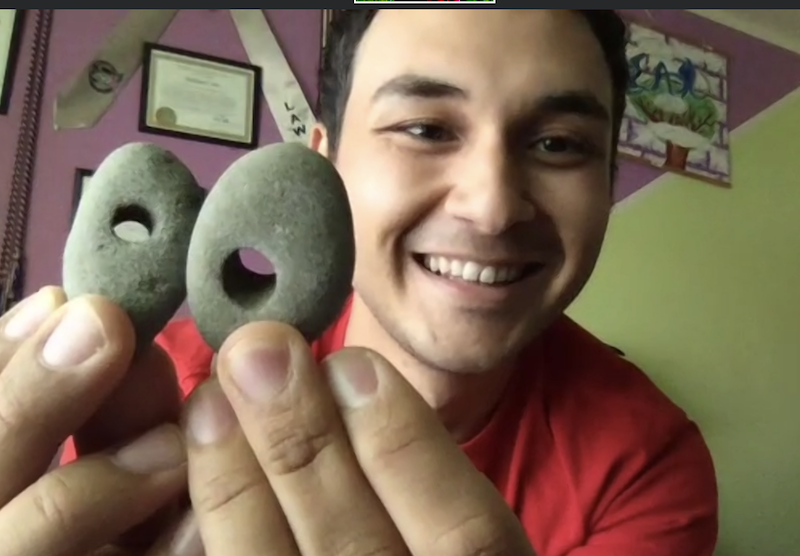
Eugen Cotei ’21, another Craft Center manager, has been knitting, crocheting, sewing, spinning wool, and baking since his grandmother taught him these skills as a little boy. He pursued these pastimes even though they weren't encouraged.
"I am from Romania, and in Romania, a guy cannot have a sewing needle in his hand and he can't be in the kitchen. But I never followed those rules," he said.
Some of the objects Cotei, an earth and oceanographic science and Hispanic studies major, often creates are terrariums—glass-enclosed habitats that mimic the natural environments of plants and that in the right conditions can last decades.
Even in the desert climate where he lives (he's based right now in Las Vegas with his family), he finds enough plants—as well lustrous volcanic rocks—to make his mini-ecosystems." When I started really exploring these mountain valleys, the more upstream areas with creeks and rivers, I found a lot of different species of moss," he said.
In the past few weeks since she headed home to Idaho, Madisen Miller ’22—who manages the Craft Center's pottery studio—has been working on painting projects. She and her friends are finding old record album covers and giving them new meanings by painting them.
"Art keeps me sane," said Miller, a government and history major. "Art is my only hobby that I do for the sake of pure enjoyment. Other things I do, like community service, I do for others, or I work on something to advance my career. But art is just for me, and it's meditative—you don’t think of anything else; it’s a good de-stresser."
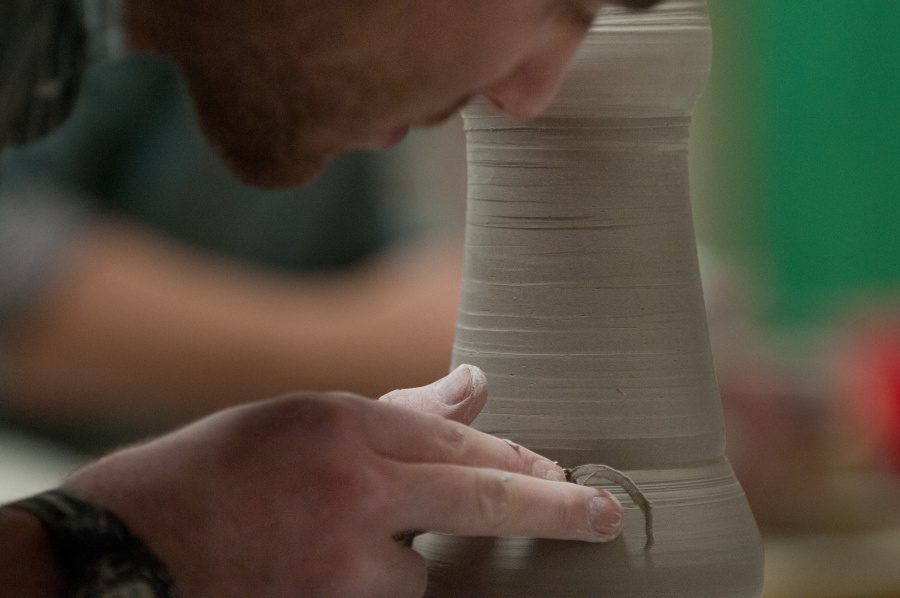 Even before the novel coronavirus forced most people into their homes and afforded more free time for many, more students were crafting.
Even before the novel coronavirus forced most people into their homes and afforded more free time for many, more students were crafting.
Membership increased from 132 in the fall of 2018 to 270 last fall.
Miriam Fraga, assistant director of student activities, said this may have to do in part with the Craft Center waiving the fee for students with financial hardship.
And part of the growing interest may have to do with the managers' efforts to make it easier for crafters to drop in to the center and get help with their projects.
The managing team of students established "office hours," where they would be available to lend their expertise with throwing pots, stitching, using the sewing machine, knitting, or whatever creations students had in mind. "We took on a bigger role," Ellis said. "If people are there, we help them with whatever they’re working on."